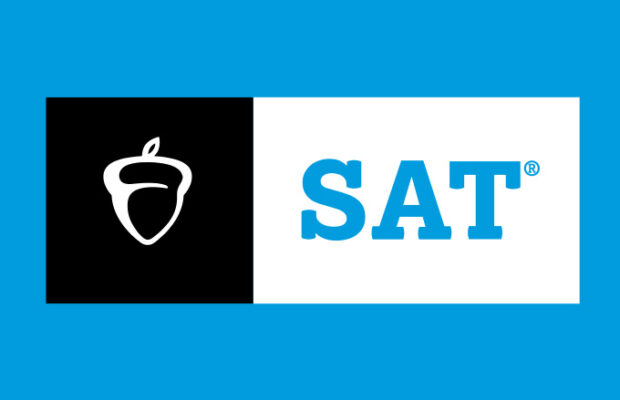Lunches bogged down by regulations, budget
Maggie Devine/Editor-in-Chief
Every day at nearly every school in the country, students are served lunches, and Cedar Falls High School is certainly no exception. Most students, even the ones with lunch release, do indeed eat lunch in the cafeteria on an average basis. With that said, not all students are completely happy with school meals.
“School lunches …wow, they just keep going up in price every year. It’s ridiculous. If the lunches were actually going up in quality to match the price, then that’s one thing, but it’s not,” senior Ebody Kunkle said.
This school year many changes have come to the lunches, such as more regulation and pre-packaged items on the bars.
“As a society we have come to enjoy ‘all you can eat buffets.’ The self serve bar was never intended to be one of those buffets,” Nutrition Services Supervisor Lavonne Arndt said.
Over time, it has become clear that healthier foods and portion sizes were not always chosen. Because of the regulations and the concern of childhood obesity, we found it necessary to help make those healthier choices by portioning the foods. The USDA has also required schools to have a food safety plan in place. As part of the food safe plan, it became increasingly hard to manage a food bar and insure that all foods could be kept safe without pre-portioning and sealed containers.”
Also according to Arndt, federal regulations are partially to blame for many changes and issues in school lunches.
“Cedar Falls Schools participates in the USDA school meal program, which allows us to receive federal funds to help reduce the price of meals to all students or provide free or reduced cost meals to qualifying families. To receive this funding, we must follow certain guidelines for meals including guidelines for foods and nutrients in those meals. Meals must be planned to meet 1/3 of the average child’s daily nutritional needs.”
Food service manager Rhonda Chiatello agreed.
“We have to stick to the guidelines and make sure you [students] are healthy.”
Additionally, the USDA’s school meal program is not the sole regulator of school meals.
“The USDA also required schools across the nation to have a Wellness Policy in place that would regulate all foods sold in the school. Cedar Falls Schools implemented its Wellness Policy on July 1, 2006. This policy reinforces the USDA regulations for meals and also adds some regulations for all foods sold outside of meals during the school day,” Arndt said.
The Healthy Kids Act, recently approved by legislators, will be effective July 1, 2010. It focuses on caloric, sodium and sugar intakes and the amount of fiber and fats in meals. Chiatello said that this new program will restrict ala carte more than anything else.
In addition to not understanding regulations and why things happen to meals, students don’t realize what all goes on behind the scenes of food service.
“It’s more involved than most people think. We deal with temperature control so there’s a lot of documentation going on with that, and ordering and serving fresh foods. We don’t just cook things in a pot and slop them on a tray,” Chiattello said.
Chiattello said that budget is a huge problem that she and Arndt must deal with.
“Along with food, we have to factor in delivery of food to the elementaries and junior highs, payroll, maintenance. There are many costs involved,” Chiattello said.
Principal Rich Powers also weighed in, noting that “Budget is a huge problem. Huge. You have to keep in mind that 25 percent of kids in the district are on free or reduced lunch as well.”
Arndt said that even more changes will be coming to our lunches in the near future.
“We are always looking for ideas of new foods to serve and new foods become available to us. But, beside those normal changes, we will also have some new regulations from the State of Iowa and the recently passed Healthy Kids Act. The state, in reaction to the concern of childhood obesity, has passed a bill in the legislature that will further restrict what foods can be sold in a school. The meal itself will not change much because we are already meeting those guidelines. However, ala carte will see a drop in offerings, especially snack type foods and portion sizes,” Arndt said.
In the latest change to take place with school lunches, food service will be beginning “Build a Meal,” an ala carte program that allows more choice of entrees on ala carte that will be offered for the same price as mainline or the meal deal, which means that students on free or reduced lunch can take part.






You must be logged in to post a comment Login